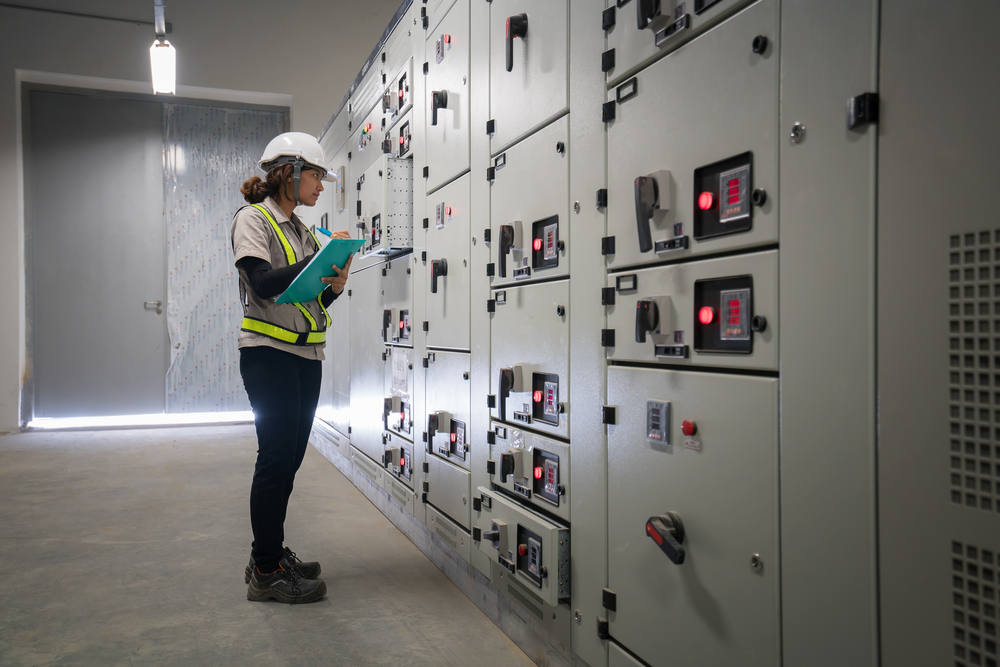A handy guide to EICRs
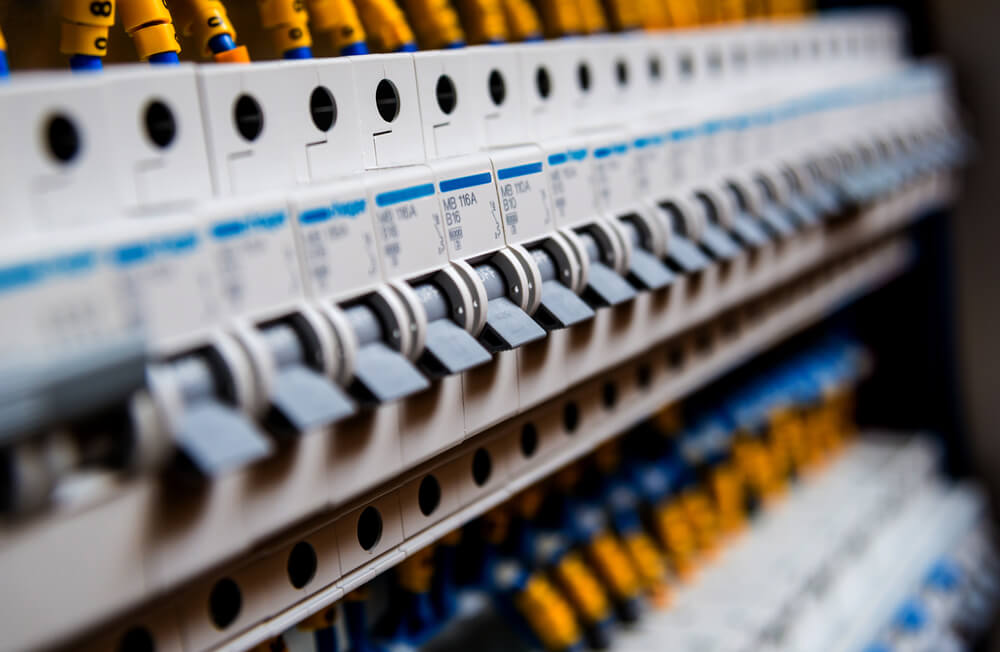
With the second Amendment to the 18th Edition Wiring Regulations just around the corner, it’s as important as ever to stay up to speed with the different codes that make up those all-important electrical installation condition reports (EICRs).
To demystify the nuances of which codes apply to which faults, and to help you carry out smoother inspections, read on.
Who decides?
The inspector is the only person who can make an informed decision about what code is suitable in any given situation. This is because they are on-site and can see defects first-hand and make an informed call on how safe an installation is.
As an aside, it is important to note that any item raised should be set against the requirements of the Wiring Regulations (BS 7671:2018), not against the inspector’s personal judgement or preferences.
The inspector is the only person who can make an informed decision about what code is suitable in any given situation
Is it a type of risk assessment?
Indeed, it is. When considering what code is relevant to any given situation, the inspector needs to consider the environment and the potential risk of damage or injury.
So, simply saying that scenario ‘x’ results in outcome ‘y’ is not always suitable. A nuanced decision-making process is required. To do this, we must first look at what the codes actually mean.
C1 – Danger present. Risk of injury. Immediate remedial action required: in this scenario, there is an immediate danger of shock or fire to persons, property or livestock.
C2 – Potentially dangerous – urgent remedial action required: in this scenario, there is a fault that could potentially become dangerous (a hazard), but another fault or foreseeable action must occur in order for danger to arise.
C3 – Improvement recommended: in this scenario, there is a defect against BS 7671, but it does not present any immediate or potential danger to people or property.
FI – further investigation required without delay: in this scenario there is an electrical issue, but additional time is required to ascertain what this is.
The decision tree below expands this further.
.jpg)
Decision tree for selecting an appropriate code during an EICR
Codes have consequences
It is extremely important to understand the consequences of any code raised during an EICR.
For instance, both a C1 and C2 result in an ‘unsatisfactory’ outcome. Therefore, overzealous use of these codes can potentially cause unwarranted disruption to the client, their building and possibly their business.
For example: if an installation is found to be lacking RCD protection for socket outlets, most guidance would recommend a C3 code. Should a contractor decide to instead raise a C2, then the client could be looking at a significant cost or inconvenience. Of course, BS 7671 does take account of cost, and cost must not dictate decisions concerning electrical safety. But the safety, practical and cost implications of getting a code wrong, whichever way it may be, can be highly significant.
Guidance material cannot take the place of the skill, knowledge and experience of the inspector
An inspector should not reduce a code from a more serious to a lesser code just because the client would like it that way. The inspector has been employed as a technical expert in electrical safety and must not let their professional decisions become compromised by any external influence.
It is of course essential the inspector is well-versed in the requirements of the latest version of the Wiring Regulations. If need be, before raising a coded item, the inspector should always be in a position to reference a BS 7671 Regulation number on the issue in question, particularly if challenged.
Only defects against BS 7671 should be recorded
The EICR is aimed specifically at defects against the requirements of BS 7671. The inspector should not raise a code against any defects noticed against other British Standards. They are, however, at liberty to raise comments or make notes about other issues or defects and to inform the client.
Take the example of defective emergency light fittings. If they do not present any electrical hazard to the user, they are effectively safe and should not appear as a coded item on an EICR. However, this scenario may show a departure from BS 5266. In this case, it may be useful to inform the client on a separate document.
The last word
Guidance material cannot take the place of the skill, knowledge and experience of the inspector. The ultimate decision is down to them. The recognised industry guidance is only a guide. It can be deviated from if the inspector is able to credibly present the reasons for doing so.
For more information on EICRs (and any other electrotechnical issue), ECA’s technical assistance helpline is open to ECA Members and can be found at eca.co.uk/myECA.
Are you up to date with ECAtoday?
ECAtoday is the official online magazine of ECA and reaches thousands of people within the electrotechnical and engineering services industry.
.png?width=970&height=90&ext=.png)





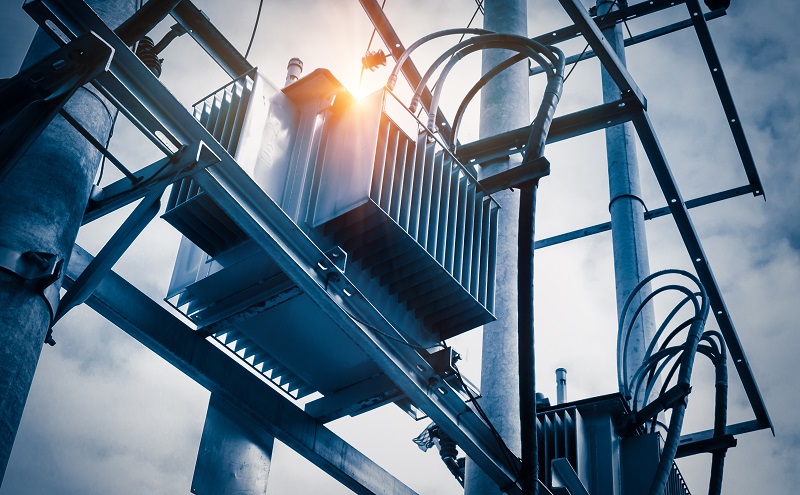

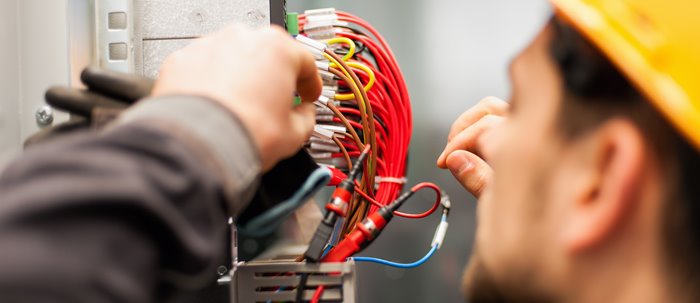
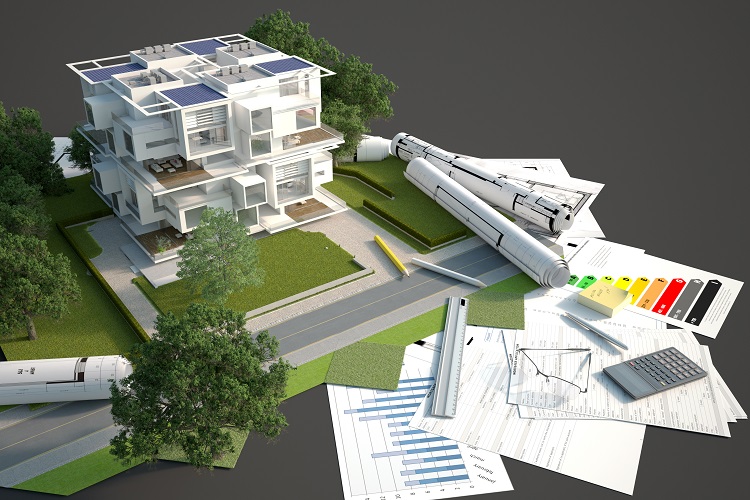

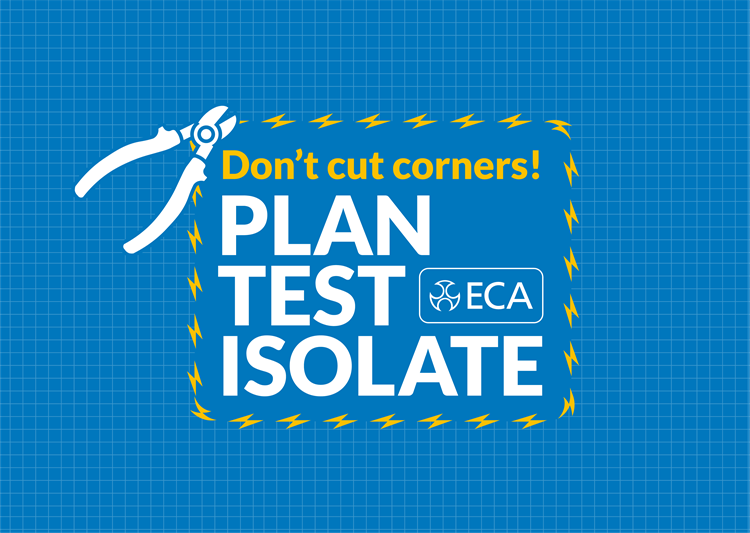
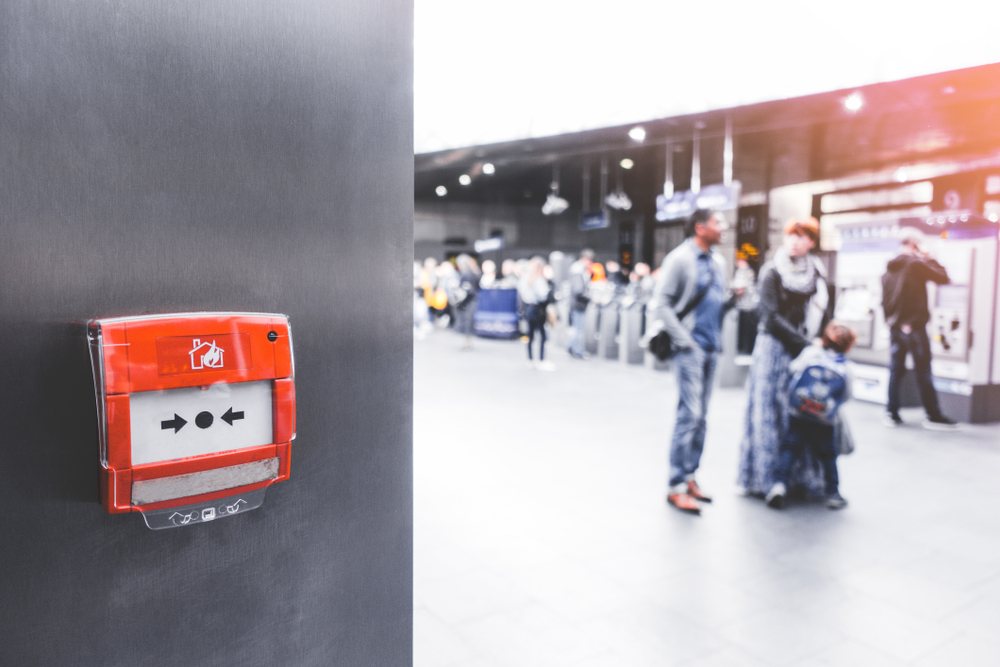
.jpg?width=1000&height=667&ext=.jpg)
